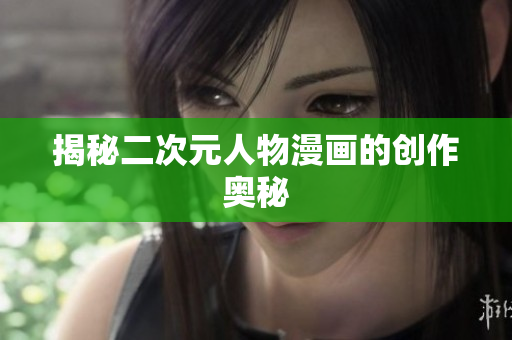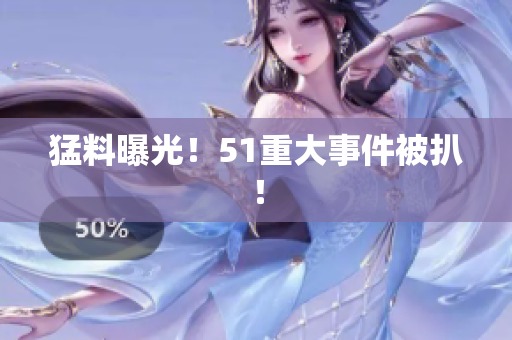Introduction
Top Western humanistic art works have been cherished and revered across the globe for their sheer brilliance and iconic status. However, in this day and age, the rise of new technologies like 5G has threatened the relevance of traditional art and culture. Additionally, challenges like classroom management, gaming addiction, and academic pressure are affecting the youth in various ways. This article aims to explore the significance of Western humanistic art works, the impact of 5G technology, the challenges faced by educators, and the scarcity of early childhood education in Southeast Asia.
The Relevance of Top Western Humanistic Art Works
Western humanistic art works like the Mona Lisa by Leonardo da Vinci, The Sistine Chapel ceiling by Michelangelo, and The Starry Night by Vincent van Gogh have stood the test of time and continue to evoke a sense of wonder and admiration among art lovers around the globe. These works not only showcase the masterful skills of the artists but also capture the essence of human emotions in a way that is relatable and timeless. They reflect the cultural and historical context of their time and help us understand the world in a more profound way.
The Impact of 5G Technology
The advent of 5G technology has ushered in a new era of connectivity, but it has also presented certain challenges. The speed and convenience of 5G have made it easier for people to access digital content, but it has also reduced the attention span of students and made it harder for them to focus on traditional forms of art and culture. This has led to concerns about the long-term impact of technology on the development of students' cognitive and emotional skills. It is important for educators to find a balance between technology and tradition to ensure that students receive a well-rounded education.
Challenges Faced by Educators
Classroom management is one of the most pressing challenges faced by educators today. Keeping students engaged and focused in the classroom can be a daunting task, especially when they are bombarded with distractions from the outside world. Additionally, the pressure to succeed academically can lead to stress and anxiety among students, making it even harder for teachers to create a nurturing learning environment. In such a scenario, it is important for educators to adopt innovative teaching methods that cater to the needs and interests of individual students and create a sense of community in the classroom.
Gaming Addiction and Academic Pressure
The prevalence of gaming addiction among students is also a growing concern for educators and parents alike. Gaming addiction can lead to social isolation, poor academic performance, and even mental health issues. In some cases, students may resort to unethical means like stealing money from their parents to finance their gaming habit. The pressure to perform well academically can also exacerbate these issues, leading to a vicious cycle of stress and anxiety among students. It is important for educators and parents to recognize the signs of gaming addiction and provide appropriate support and guidance to students.
The Scarcity of Early Childhood Education in Southeast Asia
Despite the growing awareness about the importance of early childhood education, many countries in Southeast Asia are struggling to provide access to quality education for their young children. The lack of funding and infrastructure, coupled with cultural and linguistic barriers, pose significant challenges for policymakers and educators in the region. The scarcity of early childhood education exacerbates the inequality in society and limits the potential of future generations. It is crucial for governments and stakeholders to invest in early childhood education and create a level playing field for all children.
Conclusion
The significance of top Western humanistic art works cannot be overstated, as they have played an integral role in shaping our understanding of the world. However, the rise of new technologies like 5G and the challenges faced by educators pose a threat to the relevance of traditional art and culture. It is important for educators, parents, and policymakers to find a balance between technology and tradition and provide a nurturing learning environment for students. Additionally, the scarcity of early childhood education in Southeast Asia should be addressed to ensure that every child has an equal opportunity to succeed in life.









